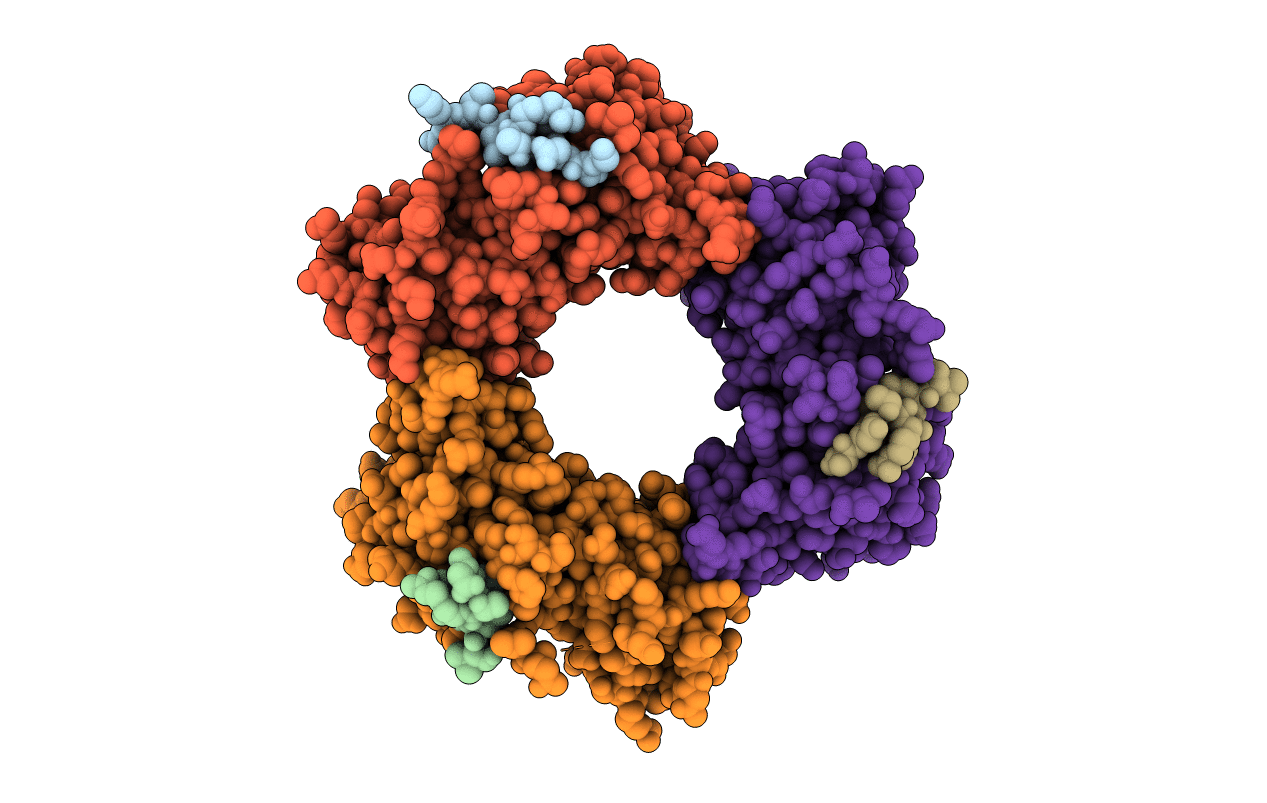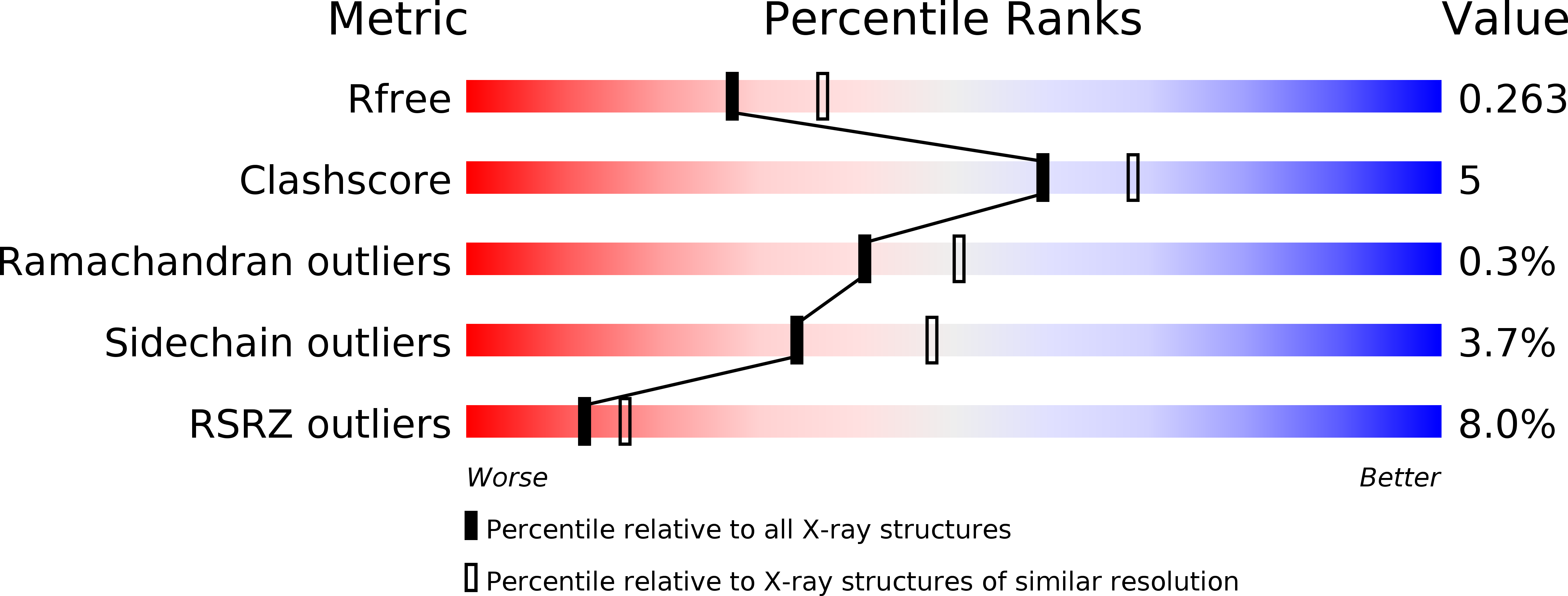
Deposition Date
2017-09-12
Release Date
2018-04-18
Last Version Date
2024-10-16
Entry Detail
PDB ID:
5YD8
Keywords:
Title:
Crystal structure of human PCNA in complex with APIM of human ZRANB3
Biological Source:
Source Organism:
Homo sapiens (Taxon ID: 9606)
Host Organism:
Method Details:
Experimental Method:
Resolution:
2.30 Å
R-Value Free:
0.26
R-Value Work:
0.21
R-Value Observed:
0.22
Space Group:
P 32 2 1


